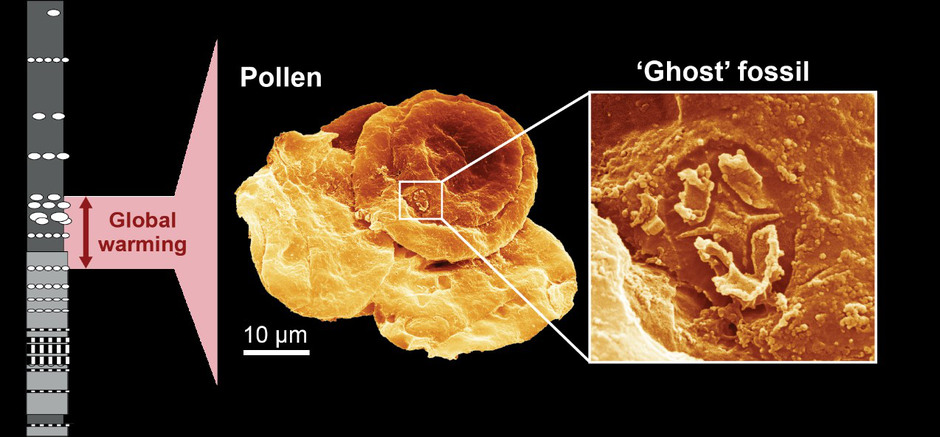Forskningsområden: Paleontologi
Forskningsämnen: Fossil
Project overview
Project period: 2020 - 2024
Participating departments from the museum: Palaeobiology
Throughout Earth’s history there have been numerous shifts in the global climate, including several rapid global warming events. These events are important to study because they can tell us about how organisms responded to past episodes of climate change. One of these events occurred ~183 million years ago during the Jurassic Period; this took place during part of the Jurassic known as the ‘Toarcian’, and is commonly referred to as the Toarcian Oceanic Anoxic Event, or T-OAE. This project aims to use this event as a case study to improve knowledge of how ecosystems and particular groups of organisms respond to intervals of extreme environmental change.
Project description
The fossil record through the T-OAE has documented major shifts in the diversity and abundance of particular species that lived before, during and after this event. This project will utilize the record of micro- and nanno-fossils to better understand what happened through this event at high resolution. Since micro- and nanno-fossils can be preserved in enormous numbers in even small fragments of rock, they can be used to track what happened throughout the T-OAE with a high degree of precision. This project has focused on the fossil records of pollen and spores from land plants and various types of plankton that lived in the oceans. As fossils from organisms that lived both on land and in the oceans have been found in the same rocks, the project has been able to track interactions between continental and marine ecosystems.

Caption: Fossil pollen grain with a ‘ghost’ nannofossil preserved on the surface. This specimen was found from Yorkshire, UK, within rocks that were deposited during the Jurassic global warming event. Photo: Sam Slater
Perhaps the most significant find made so far within this project was the discovery of impression, or ‘ghost’ fossils of nannoplankton preserved on the surface of fossilized organic matter, including on pollen grains (see image). These fossils were an important find since they can be preserved without the preservation of the hard parts that initially formed the impressions (the nannoplankton exoskeletons that normally preserve), hence they provide a previously hidden record of these organisms through this event.
So far, the project has focused on material from Yorkshire, UK; future work aims to expand the study to look at sites elsewhere, to gain a more global perspective of what happened during this extreme event.
Funding
- The Swedish Research Council (https://www.vr.se/english.html)
Selected publications
- Slater SM, Bown P, Twitchett RJ, Danise S & Vajda V. (2022). Global record of “ghost” nannofossils reveals plankton resilience to high CO2 and warming. Science 376, 853–856. https://www.science.org/doi/10.1126/science.abm7330
 External link.
External link. - Danise S, Slater SM, Vajda V & Twitchett RJ. (2022). Land-sea ecological connectivity during a Jurassic hyperthermal event. Earth and Planetary Science Letters 578, 117290. https://doi.org/10.1016/j.epsl.2021.117290
 External link.
External link. - Slater SM, Twitchett RJ, Danise S & Vajda V. (2019). Substantial vegetation response to Early Jurassic global warming with impacts on oceanic anoxia. Nature Geoscience 12, 462–467. https://doi.org/10.1038/s41561-019-0349-z
 External link.
External link.
Project members
External participants
- In this project, we are collaborating with researchers at The Natural History Museum, London, University College London and the University of Florence, Italy (see selected publications).
Project manager

Project member


